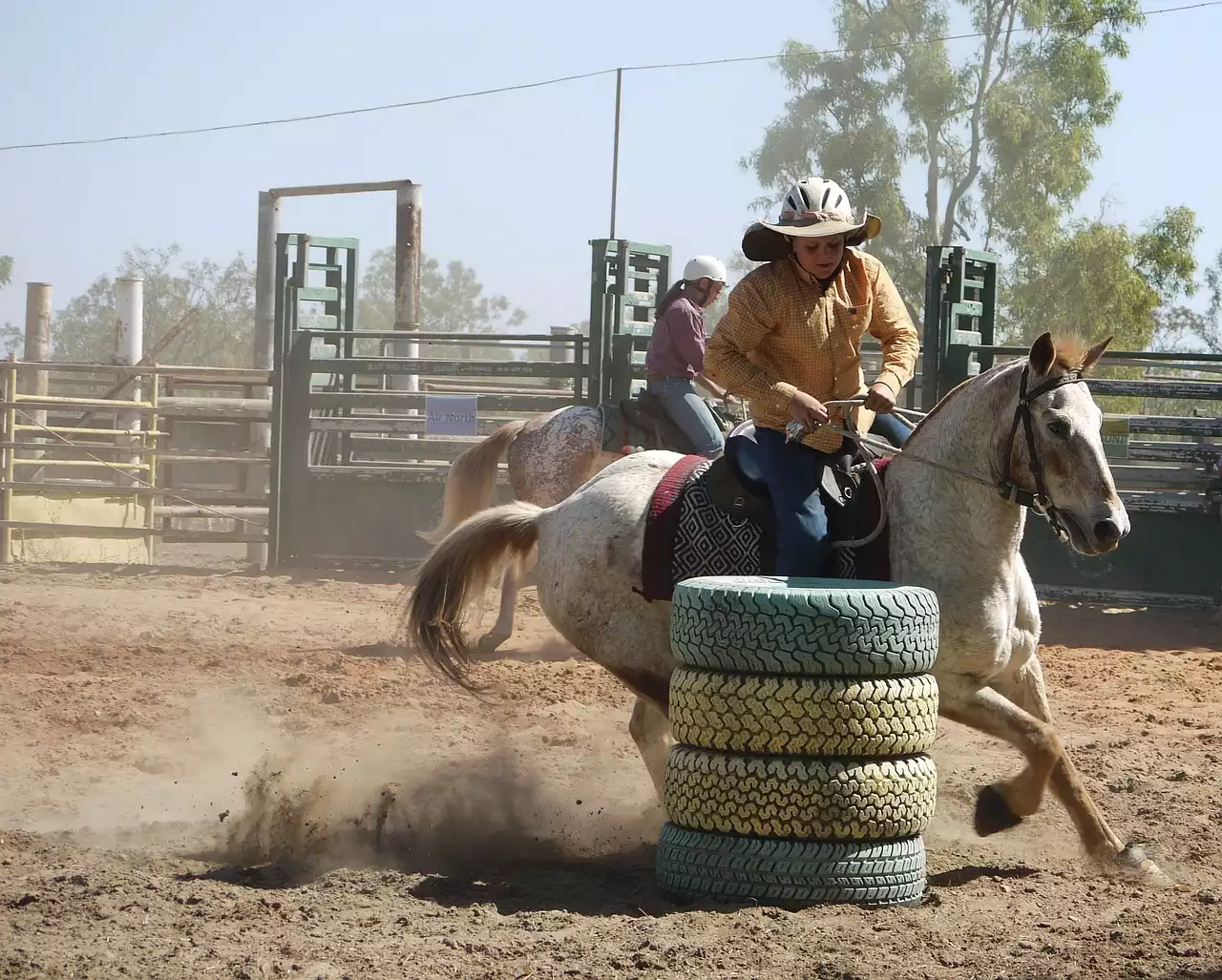The History of Rodeo Training
Rodeo has a rich history that dates back to the early 1700s. Cowboys and cowgirls would showcase their skills in various competitions, including calf roping, bull riding, and barrel racing. In the early days of rodeo, training methods were basic, relying solely on brute strength, and sheer willpower. Riders would spend hours on horseback, honing their skills and perfecting their craft through trial and error.
As the sport gained popularity, trainers began to develop more sophisticated training methods. They realized that rodeo athletes needed to be in peak physical condition to compete at the highest level. This led to the introduction of specialized conditioning programs, customized nutrition plans, and other innovative training techniques.
The Traditional Approach to Rodeo Training
The traditional approach to rodeo training involves a combination of physical conditioning, mental preparation, and horse training. Riders spend hours in the gym, working on their strength and endurance, while also focusing on their mental game. They work with their horses, developing a strong bond and trust, and perfecting their riding technique.
While this approach has been effective for many years, it has its limitations. Riders can only push themselves so far, and horses can only handle so much physical stress. This is where advancements in rodeo training come in.
Advancements in Rodeo Training Technology
Technology has played a significant role in the advancement of rodeo training. High-tech tracking devices are now available, allowing riders to monitor their progress and track their performance. These devices can measure everything from heart rate to stride frequency, providing valuable insights into how riders can improve their technique.
In addition to tracking devices, there are also advanced simulation tools available. These tools can simulate the experience of riding a bull or a horse, allowing riders to practice their technique in a safe and controlled environment.
Rodeo Training Equipment and Tools
Advancements in rodeo training have also led to the development of specialized equipment and tools. For example, there are now custom-made saddles designed specifically for rodeo athletes. These saddles provide maximum support and comfort, allowing riders to stay in the saddle for longer periods and improve their overall performance.
Other tools include specialized ropes and gloves, designed to provide maximum grip and control. These tools are essential for events like calf roping and bull riding, where precise technique is crucial.
Modern Rodeo Training Techniques
Modern rodeo training techniques are focused on improving overall performance, both for the rider and the horse. These techniques incorporate everything from specialized conditioning programs to customized nutrition plans. They also focus on developing a strong bond and trust between the rider and the horse, allowing them to work together as a team.
One of the most significant advancements in modern rodeo training is the use of data analytics. Riders can now analyze their performance data to identify areas where they need to improve. This data can be used to develop customized training programs, tailored to each rider's individual needs.
The Benefits of Modern Rodeo Training
The benefits of modern rodeo training are clear. Riders can push themselves further than ever before, achieving feats that were once thought impossible. They can also minimize the risk of injury, thanks to advanced simulation tools and specialized equipment.
For horses, modern rodeo training techniques mean less physical stress and a more comfortable experience. They can perform at their best without being subjected to excessive physical strain.
The Future of Rodeo Training
The future of rodeo training looks bright, with continued advancements in technology and equipment on the horizon. As data analytics becomes more advanced, riders will be able to analyze their performance in even greater detail, identifying areas where they can improve.
There is also a growing focus on injury prevention, with new safety measures being developed to minimize the risk of accidents. This includes everything from better protective gear to advanced simulation tools that can accurately replicate the experience of riding a bull or a horse.
Famous Rodeo Trainers and Their Methods
There are many famous rodeo trainers who have developed their own unique methods for training riders and their horses. One such trainer is Trevor Brazile, a 25-time world champion who has won numerous titles in calf roping, team roping, and steer roping.
Brazile's training methods focus on developing a strong bond between the rider and the horse. He believes that this bond is essential for success in rodeo, allowing riders to trust their horses and work together seamlessly.
Other famous rodeo trainers include Ty Murray, Larry Mahan, and Charmayne James, all of whom have developed their own successful training methods.
Rodeo Training Programs
For those looking to get started in rodeo, there are many training programs available. These programs are designed to provide riders with the skills and knowledge they need to compete at the highest level.
Most training programs include a combination of physical conditioning, mental preparation, and horse training. They also focus on developing a strong bond between the rider and the horse, as this is essential for success in rodeo.










